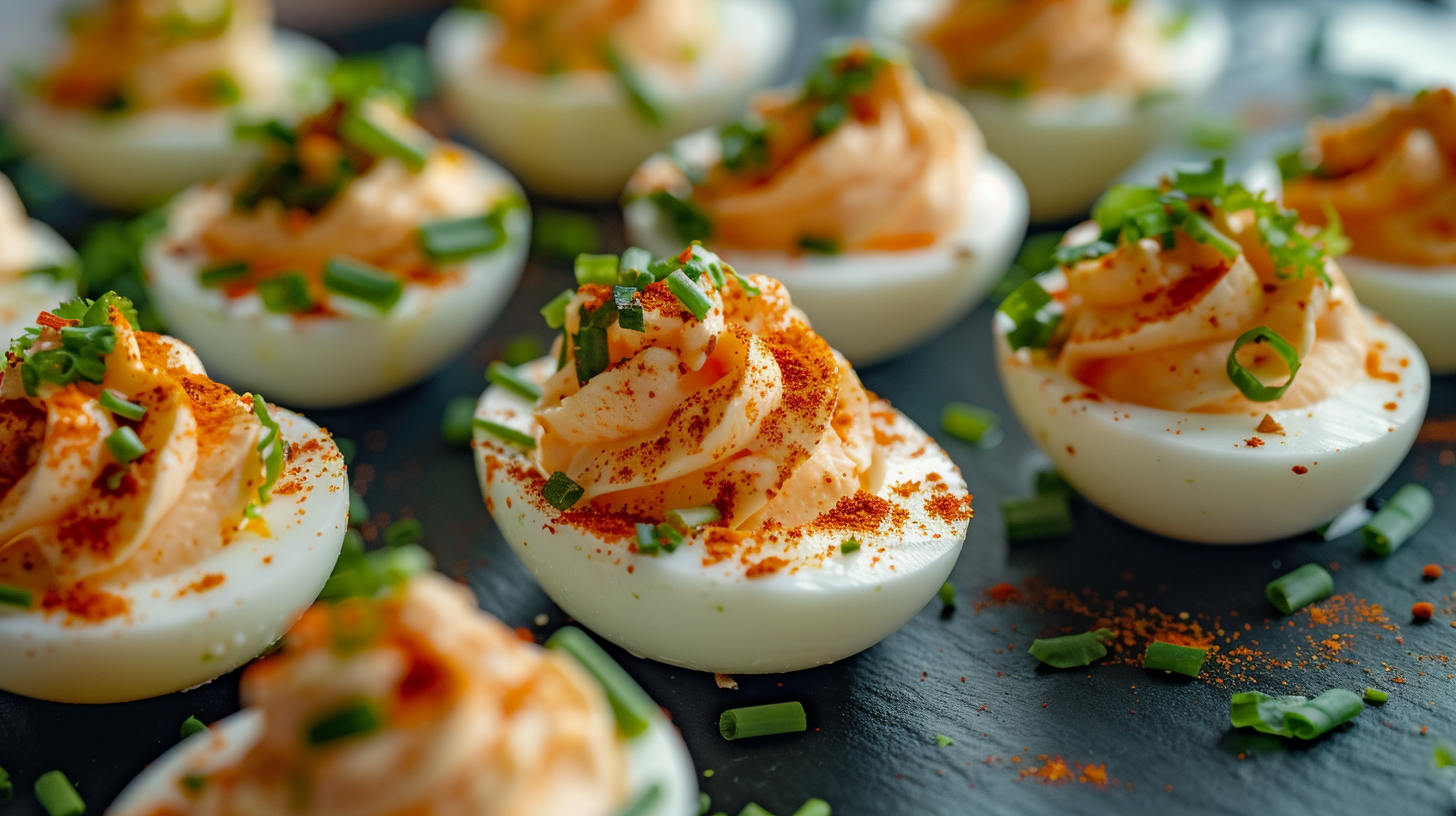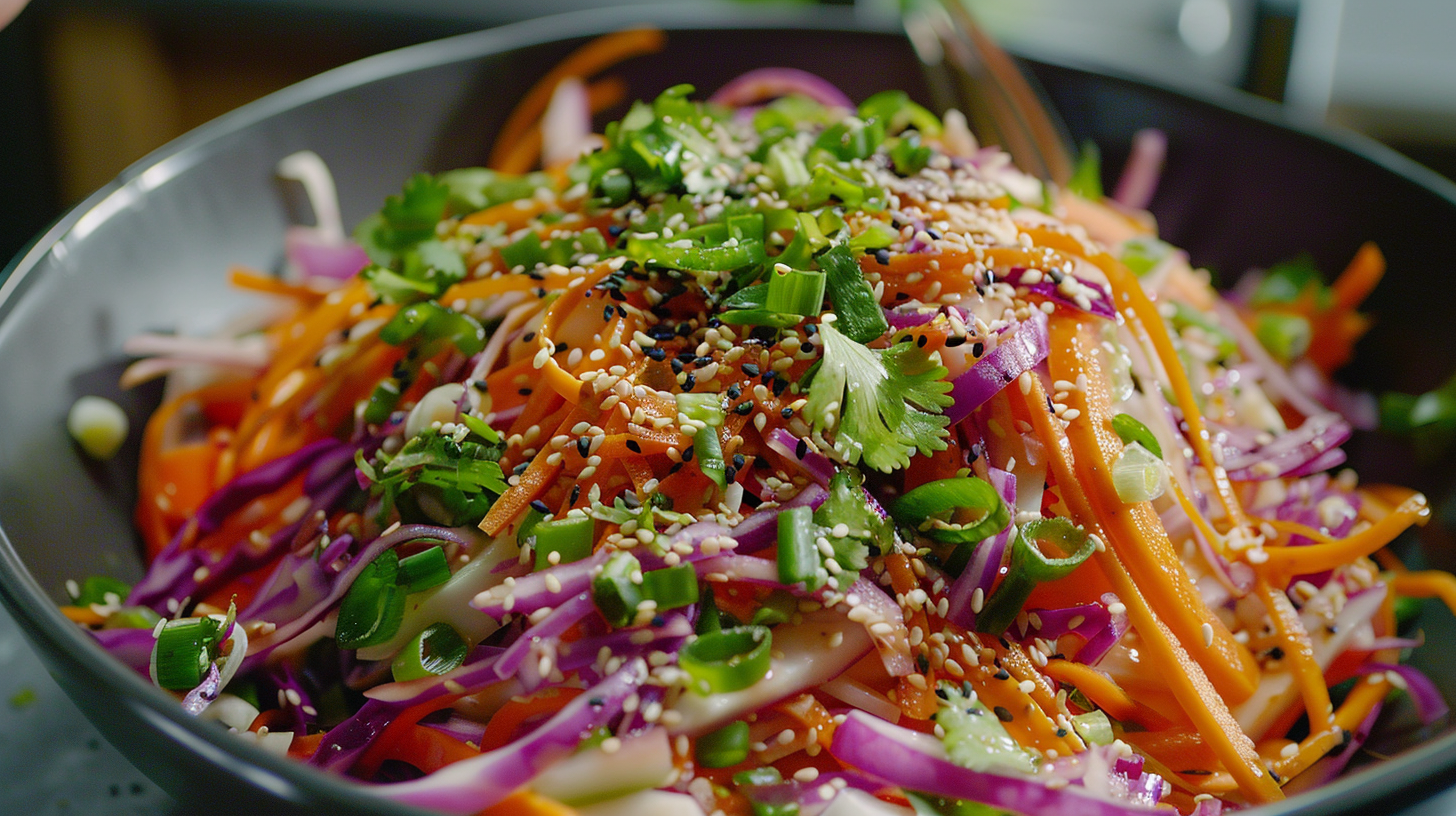Simple Sweet Tart Shells for Beginner Bakers (Pâte Sucrée)
Yield: 1 large tart shell (or approximately 12 small tartlets)
Prep Time: 30 minutes (plus 1 hour chilling time)
Cook Time: 20–25 minutes
Apples, Pears or Peaches oh my!
As the weather turns colder, we're entering the perfect season for baking with fresh autumn fruits. Apples, pears, and even late-season peaches are all ripe and ready, making them ideal for pies, tarts, and other sweet creations. These fruits practically beg to be wrapped in a crisp, buttery tart shell—a skill every baker should have in their repertoire.
I remember learning how to make the perfect tart shell from a couple of pastry chefs I used to work with, and it became clear that mastering this technique is a fundamental building block in the kitchen. Whether you're a home cook or an aspiring chef, having a reliable tart shell recipe in your back pocket is invaluable. Not only does it allow you to create beautiful sweet tarts filled with fruit, custards, or creams, but the same shell can be adapted for savoury dishes too. Imagine a savoury quiche or a vegetable tart—this dough is just as versatile for savoury flavours as it is for sweet treats.
Why? Because Science
Gluten Suppression for Tenderness: Almond flour is naturally gluten-free, meaning it does not contribute to the formation of gluten when mixed with water. Gluten is necessary for structure in bread, but in pastries like tart shells, it needs to be limited. By incorporating almond flour into the dough, you reduce the overall gluten potential of the flour mixture. This results in a much more tender and delicate crust that doesn't become tough or chewy after baking.
Moisture Absorption and Structure: Almond flour doesn't absorb moisture the same way wheat flour does. Instead, it retains a slight richness and moisture within the dough, helping to create a crumbly, melt-in-your-mouth texture. This is ideal for a tart shell, which should be tender and not overly firm.
Flavour Enhancement: Beyond its functional role, almond flour adds a subtle nutty sweetness that complements both sweet and savoury fillings. Its natural oils contribute to a richer mouthfeel, elevating the overall taste and texture of the tart shell without overwhelming the flavour of the filling. The mild, slightly buttery flavour of almonds also pairs well with the buttery richness of the tart.
Ingredients:
200 g / 1 ⅔ cups plain flour (low-protein pastry flour for tenderness)
25 g / ¼ cup almond flour (for added flavour and a more tender crumb)
100 g / 7 tbsp unsalted butter, cold and cubed (European-style, 82% butterfat)
70 g / ½ cup icing sugar (for a fine, delicate texture)
1 large egg yolk
1 tbsp / 15 ml cold heavy cream
A pinch of sea salt
1 tsp / 5 ml vanilla bean paste or zest of ½ lemon (optional, for flavour depth)
Tools Needed:
Pastry cutter or food processor
Rolling pin
Parchment paper
Tart pan (23 cm/9-inch)
Baking beans or pie weights
Fork
Sharp knife or kitchen scissors
Cling film (plastic wrap)
Cooling rack
Method:
Chill and Prepare Ingredients:
Chill Everything:
Cut the butter into small cubes and place it in the freezer for 10 minutes. Keep the flour, almond flour, and mixing bowl cold to prevent the butter from melting quickly.Prepare Dry Ingredients:
In a large bowl, sift together plain flour, almond flour, icing sugar, and salt.
Mix the Dough:
Cut in the Butter:
Use a food processor to pulse cold butter cubes into the flour mixture until coarse crumbs form, leaving some pea-sized bits of butter intact.
Optional: Rub the butter into the flour by hand, ensuring small chunks remain for flakiness.Combine Wet Ingredients:
Whisk together egg yolk, cold heavy cream, and vanilla bean paste (or lemon zest).Incorporate Wet into Dry:
Gradually add the egg mixture to the flour-butter mixture and fold gently until a dough starts to form.
Shape and Chill the Dough:
Fraser the Dough:
Use the heel of your hand to smear the dough on the surface 2–3 times, creating layers. Gather the dough into a ball, leaving it slightly “shaggy” to maintain flakiness.Chill the Dough:
Shape the dough into a flat disk, wrap it in cling film, and refrigerate for at least 1 hour or overnight.
Roll, Bake, and Cool the Tart:
Roll Out the Dough:
On a lightly floured surface, roll the dough to about 2–3 mm (⅛ inch) thickness. If making mini tartlets, use a cookie cutter to cut rounds.
Pro Tip: Roll the dough between two sheets of parchment to avoid sticking and reduce the need for extra flour.Blind Bake:
Preheat the oven to 180°C (350°F). Prick the tart base with a fork, line it with parchment paper, and add pie weights. Bake for 15–20 minutes. Remove the weights and bake for an additional 5–7 minutes until the edges are golden.Check for Doneness and Cool:
The tart shell should be golden brown and firm. Let it cool in the pan for 5–10 minutes before transferring to a wire rack to cool completely.
Eugene’s Extra Tips:
Work Quickly with Butter:
Keep your butter cold and work quickly when incorporating it into the flour. If the butter starts to soften while you’re working, pop the dough back into the fridge for 10 minutes. Cold butter creates steam in the oven, which gives the tart a flaky texture.
Resting the Dough is Crucial:
Don't skip the resting time in the fridge. It helps relax the gluten, which makes your dough easier to roll out and prevents shrinkage during baking.
Don't Overwork the Dough:
Once the wet ingredients are added, mix the dough just until it comes together. Overworking the dough can develop gluten, leading to a tougher pastry. It’s okay if the dough seems a little crumbly—it will come together as it chills.
Fixing Cracks:
If your dough cracks while rolling, don’t worry! Simply pinch it back together with your fingers or patch small cracks with extra dough. Tart dough is forgiving, and imperfections won't affect the final bake.
Even Thickness Matters:
To ensure even dough thickness without special tools, place two coins of equal thickness (like stacked quarters) or identical chopsticks on either side of the dough. Roll the dough between them, using these as height guides to maintain a consistent thickness. For added ease, place parchment paper on both sides of the dough to prevent sticking and achieve a smooth roll.
Use a Fork for Steam Holes:
Pricking the bottom of the tart with a fork before blind baking is important. These tiny holes allow steam to escape, preventing the tart base from puffing up and ensuring a flat, even surface for filling.
Tidy Up the Edges:
After rolling the dough into the tart tin, gently press the edges into the sides of the tin and use a knife to trim off the excess. This creates a clean edge for your tart, which is easier to work with when it comes to filling and decorating.
Check for Browning:
Always keep an eye on the tart shell while it's baking. The edges will brown first, but make sure the bottom is golden and dry to the touch before removing it from the oven. This will help avoid sogginess when you add your filling.
If you're new to tart-making, don't worry! Once you get the hang of this, it'll become a staple in your baking routine. A well-made tart shell is the foundation for countless delicious desserts and meals, especially during the cooler months when seasonal fruits are at their peak. Mastering this technique isn't just about achieving a beautiful crust; it opens the door to culinary creativity. You'll find that a good tart shell pairs just as beautifully with rich, sweet fillings as it does with savoury ingredients like roasted vegetables or quiches.
With practice, you'll become more comfortable with the process, transforming a seemingly complex task into an effortless go-to for impressing guests or simply indulging in something homemade. The key is to enjoy the journey—embrace any imperfections, and remember that every bake brings you one step closer to perfection. Once this dough is under your belt, the possibilities are endless!
And if you give this recipe a try, don't forget to tag me @the_eugefood on social media—I'd love to see your creations!
You’ll Also Love These
Hi, I'm Eugene, but many of you might recognize me as "The_EugeFood". With over two decades working in diverse kitchens, I've come to cherish the genuine connections and shared experiences that cooking brings. For me, it's not about the high-pressure, competitive world you see on TV. It's about the joy of gathering around a table, the stories shared over simmering pots, and the laughter that follows a shared meal. I'm here to demystify the culinary world, to show you that if you can boil water for cup noodles, you're already on your way. Cooking isn't just a skill; it's a journey of discovery, and I invite you to join me on this adventure to becoming a better cook.









